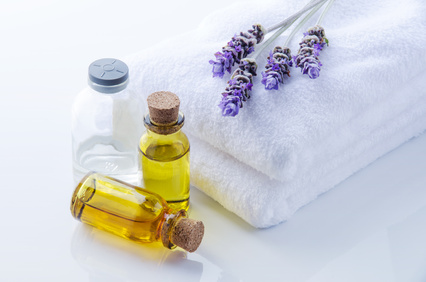By the AmCham China Cosmetics and Nutrition Forum
According to 2014 estimates, the cosmetics industry in China is valued at approximately $33 billion (RMB 210 billion) and remains the second largest cosmetics market in the world. Encouraged by the Chinese government, the cosmetics industry experienced profound growth and change in 2014. Domestic brand names continued to mature while the development of e-commerce both challenged traditional business models and created opportunities for business development.
In recent years, government agencies have implemented numerous policy changes on cosmetics regulation, with the goal of further strengthening consumer safety. While Guangdong province is China’s largest center for cosmetics manufacturing and sales, the majority of companies, however, are small to medium-sized enterprises that lack experience in modern production management and R&D, and are in need of a more thorough understanding of the relevant policies and their proper implementation.
To enhance the technical development of the Chinese cosmetics industry and to deliver better products and services to consumers, nine AmCham China member companies (Johnson & Johnson, Mary Kay, L’Oreal Paris, Amore Pacific, Estée Lauder, L’Occitane, Chanel, Amway and P&G) and the Guangdong Food and Drug Technology Association for Evaluation and Certification together launched the Guangdong Cosmetics General Knowledge Symposium. With the aim to better inform the general public about the basics of cosmetics, the organizers thoughtfully tailored the content of the training to the audience and readily shared their years of experience in R&D with small to medium-sized cosmetics manufacturers. Through this novel approach to industry-wide communication, they hope to synergize the industry’s efforts and push forward the development of the industry as a whole.
The first training welcomed representatives from about 500 small to medium-sized enterprises and the in-person support by officials from the Guangdong Food and Drug Administration. The one-day program encompassed a wide array of topics, including:
Cosmetic raw material selection
Impurity risk assessment
Microbial control in manufacturing process
Efficacy evaluation and claims assessment
Procedure and methodology for cosmetics safety
Building on the momentum of the first training, a second wave of training was launched, attracting over 700. Several revisions were introduced to improve the second set of trainings, including case study discussions and a Q&A session to enhance two-way communication. Topics included:
Regulatory compliance for cosmetic raw materials
Cosmetic labeling requirements and an analysis of forbidden words
End to end microbiology control
Thanks to the approachable explanations from experts and active exchange of questions and concerns with participants, all stakeholders benefited greatly. The public has acquired a better understanding of the cosmetics pipeline, while small to medium-sized companies gained a stronger comprehension of the safety requirements of the industry.

